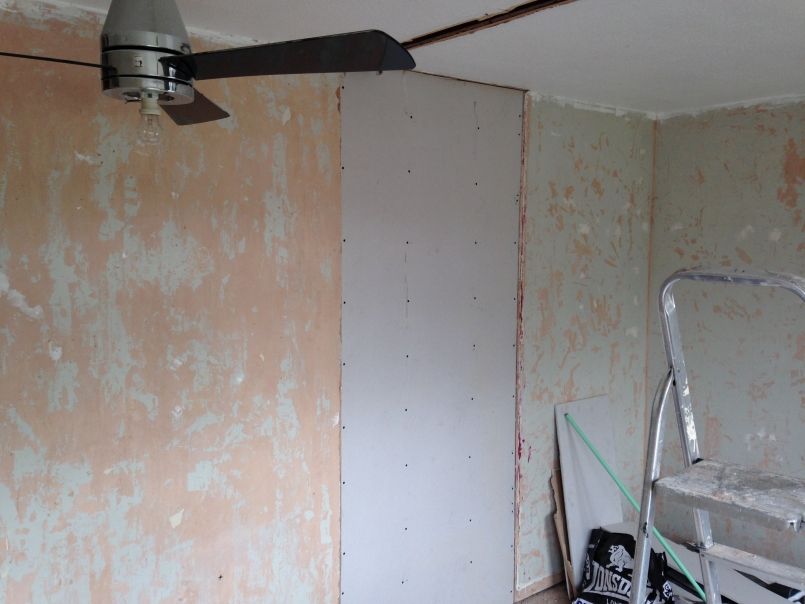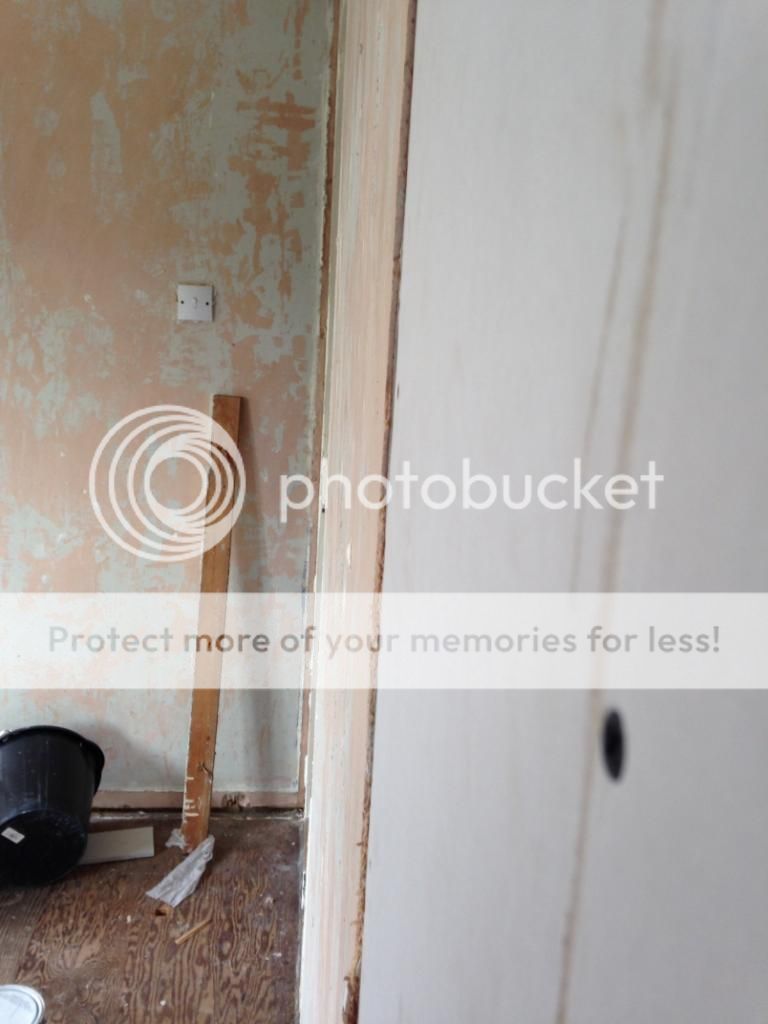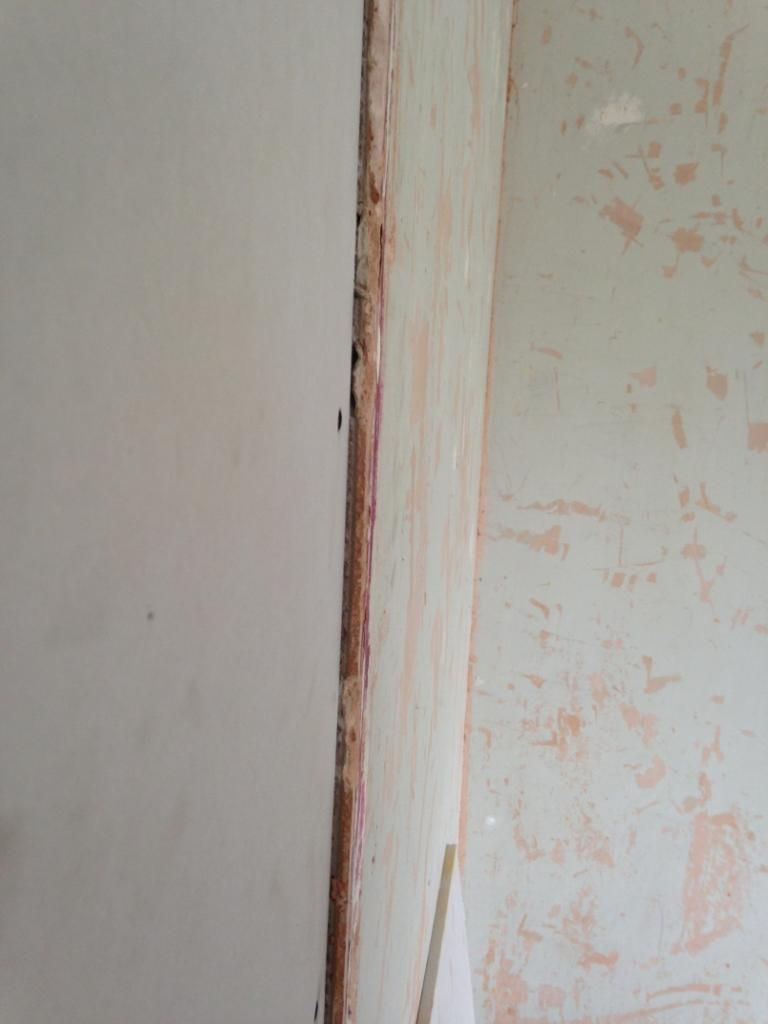Hi all, hope you can help me here..
I've removed a door and frame and put in a bit of extra stud to hold the plasterboard.
Now, where the new board is it's kind of dipped in a bit. I'll be plastering the entire wall, also re boarding and plastering the ceiling.
What is the best method as I'm not keen on trying to float it in all in one go, I find that too difficult. Should I try just skim that area first to bring it up a bit? with skim or bond? then 2 coat entire wall?
Also it's more dipped on one side, guess that other side has more skim or something..
Huge thanks in advance



I've removed a door and frame and put in a bit of extra stud to hold the plasterboard.
Now, where the new board is it's kind of dipped in a bit. I'll be plastering the entire wall, also re boarding and plastering the ceiling.
What is the best method as I'm not keen on trying to float it in all in one go, I find that too difficult. Should I try just skim that area first to bring it up a bit? with skim or bond? then 2 coat entire wall?
Also it's more dipped on one side, guess that other side has more skim or something..
Huge thanks in advance




